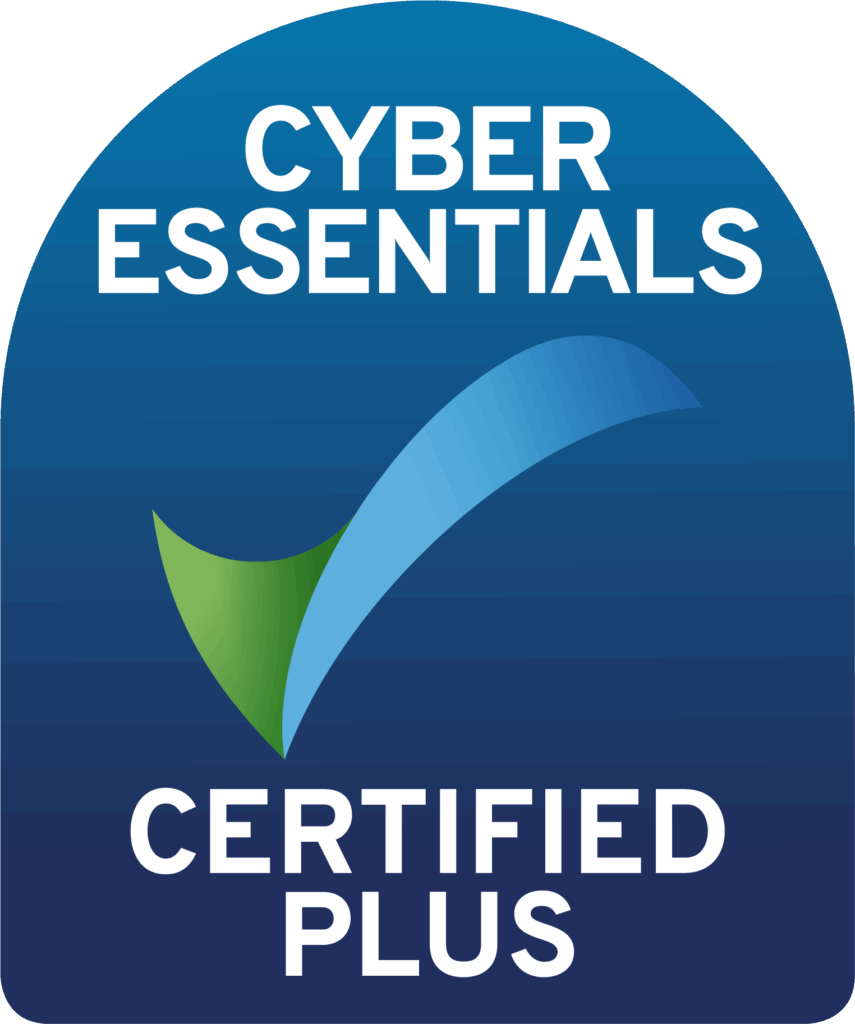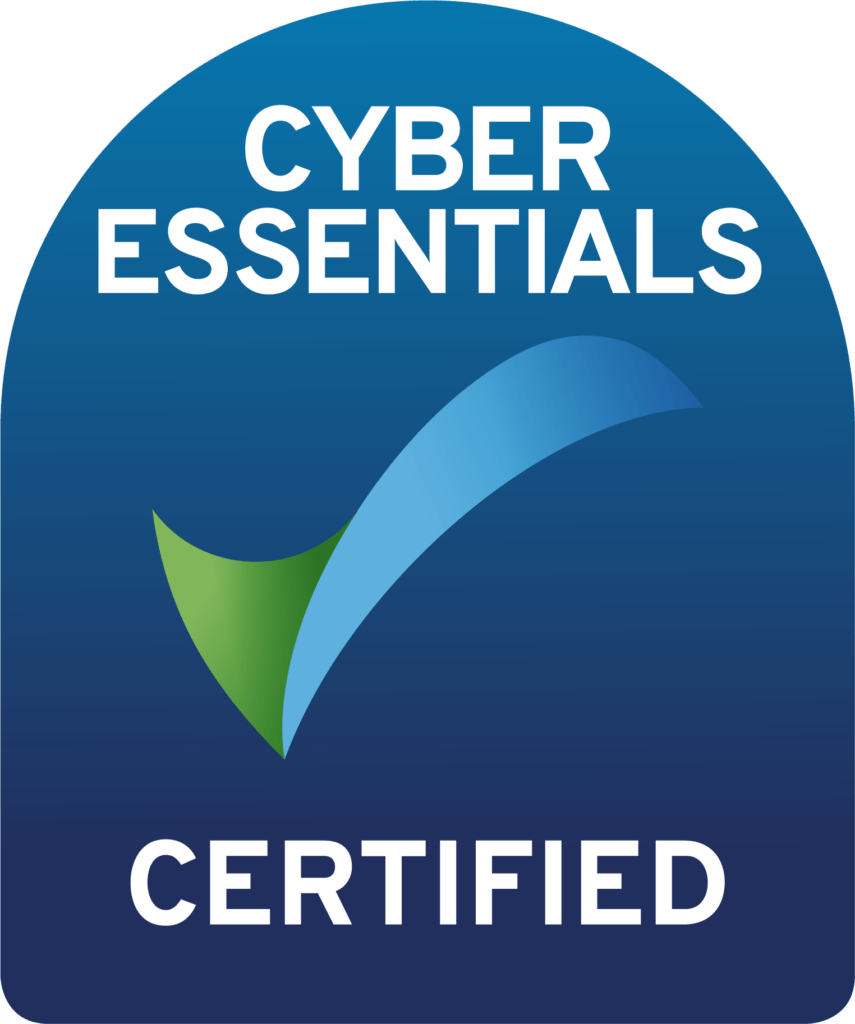Employee engagement plays a critical role in the success of your business. Engaged employees are more productive, take fewer sick days, and are more likely to stay with your organisation. In fact, highly engaged companies have up to 59% lower employee turnover rates than companies with low engagement levels – and 17% more profitability.
So, how can you create a highly engaged workforce? The answer lies in the leadership and culture of your organisation. In this blog post, we’ll explore the importance of engaging leadership in employee engagement and company culture, and provide actionable tips for creating a highly engaged workforce.
The Role of Leadership in Employee Engagement
Leadership plays a crucial role in employee engagement. When employees feel that their leaders care about them and their work, they are more likely to be engaged and motivated. On the other hand, when leaders are disengaged or distant, employees may feel undervalued, unsupported, and demotivated.
To create an engaging leadership style, it’s important to be authentic, approachable, and communicative. Encourage open communication, listen to employee feedback, and provide clear and consistent guidance. By building strong relationships with your employees, you can create a positive and engaging workplace culture that benefits everyone.
The Impact of Leadership & Employee Engagement on Company Culture
Engaging leadership not only boosts employee engagement, but it also contributes to a positive and supportive company culture. When leaders model positive behaviours and values, they set the tone for the rest of the organisation. This can lead to increased collaboration, creativity, and innovation, as well as a sense of purpose and meaning in employees’ work.
On the other hand, a toxic or negative leadership style can damage company culture and lead to high turnover rates, low morale, and decreased productivity. To avoid this, it’s important to foster a culture of respect, trust, and support throughout your organisation.
Tips for Creating Top-Down Employee Engagement
To create a highly engaged workforce, start by focusing on the following key areas:
- Communication: Encourage open and transparent communication between leaders and employees. Provide regular feedback, listen to employee concerns, and communicate clear expectations.
- Recognition: Recognise and reward employees for their hard work and achievements. This can be as simple as a verbal thank you or as formal as an employee recognition program.
- Training and Development: Offer opportunities for employees to learn and grow, both personally and professionally. This can include training programs, mentoring, and career development plans.
- Work-Life Balance: Prioritise work-life balance and flexible work arrangements. This can help employees feel valued and supported, and reduce burnout and absenteeism.
TL;DR – Leadership & Employee Engagement
To sum it up, creating an engaged workforce starts at the top – with the leaders, and works its way out from there. Fostering employee engagement with the above tips will boost employee engagement amongst the leadership & management team and, by extension, amongst their teams too.









